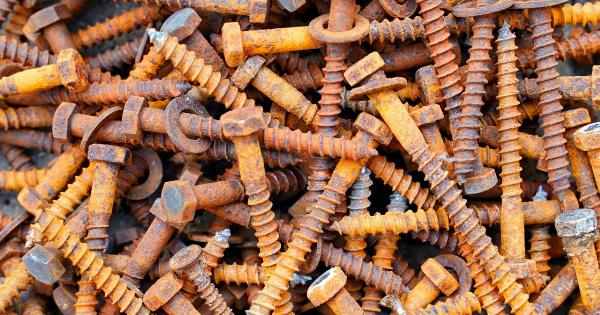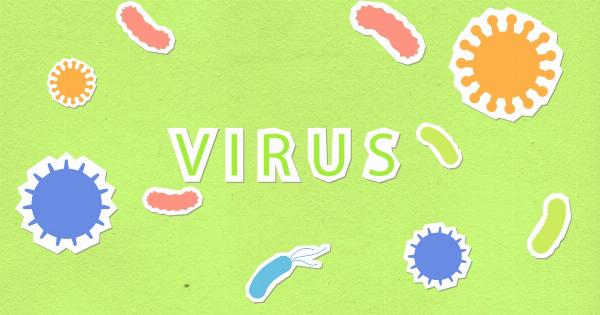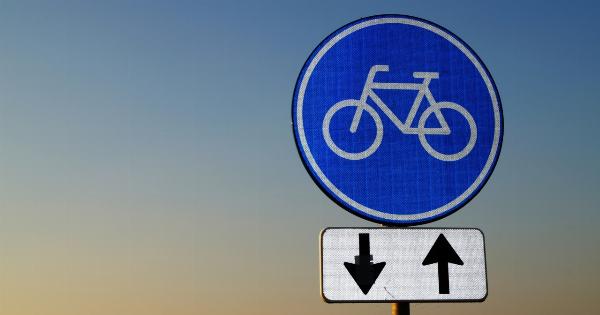Abdominal pain can be a common symptom experienced by individuals of all ages. It is characterized by discomfort or pain in the area between the chest and the pelvis.
While abdominal pain can be caused by several factors, it is crucial to address the underlying causes to alleviate symptoms and improve overall health. This article will delve into some significant underlying causes of abdominal pain and discuss effective solutions to manage and treat them.
Gastrointestinal Disorders
Gastrointestinal (GI) disorders are among the leading causes of abdominal pain. Conditions such as gastritis, gastroenteritis, peptic ulcers, and irritable bowel syndrome (IBS) can all manifest as abdominal pain.
Gastritis is the inflammation of the stomach lining, usually caused by excessive alcohol consumption, stress, or the use of non-steroidal anti-inflammatory drugs (NSAIDs). Gastroenteritis, on the other hand, is an infection of the digestive tract caused by viruses, bacteria, or parasites.
Peptic ulcers are sores that develop on the lining of the stomach or the first section of the small intestine, often due to infection with Helicobacter pylori bacteria.
IBS is a chronic disorder that affects the large intestine, causing symptoms like abdominal cramping, bloating, gas, and changes in bowel movements.
While the exact cause of IBS is unknown, it is believed to involve a combination of factors like abnormal muscle contractions, inflammation, and gastrointestinal motility issues.
Reproductive System Disorders
Abdominal pain in women can be caused by various reproductive system disorders. Conditions like ovarian cysts, endometriosis, pelvic inflammatory disease (PID), and uterine fibroids can all lead to abdominal pain.
Ovarian cysts are fluid-filled sacs that develop on the ovaries. While most ovarian cysts are harmless and resolve on their own, larger cysts or cysts that cause twisting of the ovary can result in intense abdominal pain.
Endometriosis is a condition in which the tissue lining the uterus grows outside of it, typically on the ovaries, fallopian tubes, or other structures within the pelvis. This can cause severe abdominal pain, heavy periods, and fertility issues.
PID is an infection of the female reproductive organs, often caused by sexually transmitted bacteria. It can lead to chronic abdominal pain if left untreated. Uterine fibroids are noncancerous growths that develop within the uterus.
While fibroids can be asymptomatic, some individuals experience abdominal pain, heavy or prolonged menstrual bleeding, and frequent urination.
Urinary System Disorders
Abdominal pain can also be a result of urinary system disorders. Conditions such as urinary tract infections (UTIs), kidney stones, and bladder infections can all cause discomfort in the abdominal region.
UTIs are bacterial infections that can occur in any part of the urinary system, including the kidneys, bladder, ureters, and urethra. The infection can cause pain and a burning sensation during urination, accompanied by lower abdominal discomfort.
Kidney stones are hard mineral deposits that form in the kidneys. When these stones move through the urinary tract, they can cause excruciating abdominal pain, often radiating to the lower back and groin.
Bladder infections, also known as cystitis, occur when bacteria enter and multiply in the bladder. Symptoms may include abdominal pain, frequent urination, and a strong urge to urinate.
Other Potential Causes
In addition to the aforementioned conditions, various other factors can contribute to abdominal pain. These include appendicitis, gallbladder disease, hernias, intestinal obstruction, and gastrointestinal cancers.
Appendicitis refers to the inflammation of the appendix, a small pouch-like organ attached to the large intestine. It often presents as severe abdominal pain that starts around the naval and migrates to the lower right side.
Gallbladder disease, such as gallstones or inflammation of the gallbladder (cholecystitis), can cause abdominal pain, particularly in the upper right quadrant.
Hernias occur when an organ or tissue pushes through a weak spot in the surrounding muscle or connective tissue. While they can develop in various locations, abdominal hernias are quite common and can cause localized pain.
Intestinal obstruction involves the partial or complete blockage of the intestines, usually due to scar tissue, tumors, or inflammation. This blockage can lead to severe abdominal pain, bloating, and constipation.
Gastrointestinal cancers, including stomach, liver, and colon cancers, can also result in abdominal pain as they progress.
Treating Abdominal Pain
Treatment for abdominal pain depends on the underlying cause. Consulting a medical professional is crucial in diagnosing the specific condition and determining the appropriate course of action.
However, some general strategies can help alleviate abdominal pain:.
- Medications: Over-the-counter pain relievers like acetaminophen or nonsteroidal anti-inflammatory drugs (NSAIDs) can help manage mild abdominal pain caused by inflammation or muscle spasm. Prescription medications may be necessary for specific conditions.
- Antibiotics: Infections such as UTIs or digestive tract infections often require antibiotic treatment to eliminate the causative bacteria.
- Dietary modifications: Many gastrointestinal disorders can be managed through dietary changes. This may involve avoiding trigger foods, increasing fiber intake for better digestion, or eliminating potential allergens.
- Stress reduction: Stress and anxiety can exacerbate abdominal pain. Engaging in relaxation techniques, practicing mindfulness, or seeking therapy can help reduce stress levels and alleviate symptoms.
- Physical activity: Regular exercise can stimulate digestion, reduce bloating, and alleviate abdominal pain. Simple activities like walking or stretching can be beneficial.
- Heat therapy: Applying a heating pad or taking a warm bath can help relax abdominal muscles and ease discomfort.
- Surgery: In some cases, surgical intervention may be necessary to treat the underlying cause of abdominal pain. This is common for conditions like appendicitis, gallbladder disease, and certain types of hernias.
Conclusion
Abdominal pain is a common complaint and can stem from various underlying causes. Gastrointestinal disorders, reproductive system disorders, urinary system disorders, and other factors can all contribute to this symptom.
It is essential to identify and address the specific cause of abdominal pain to provide effective treatment and improve overall well-being. Seeking medical advice and implementing appropriate interventions can help alleviate discomfort and promote a healthier life.



























